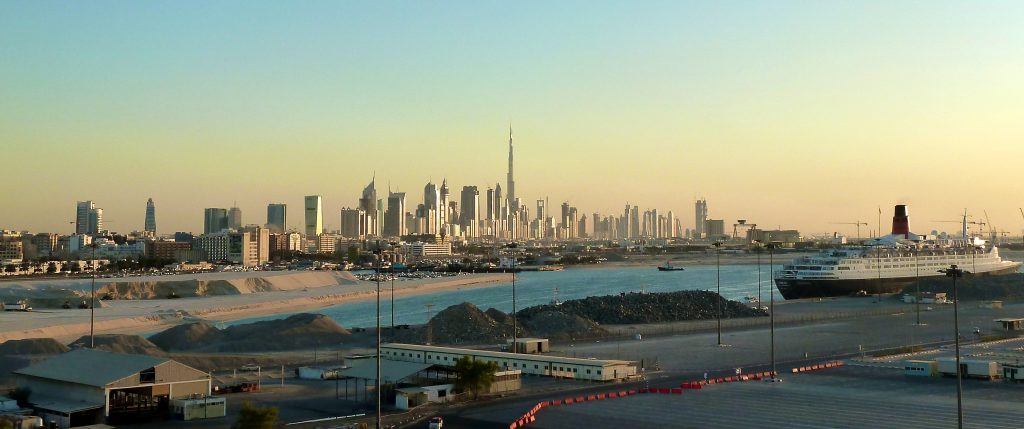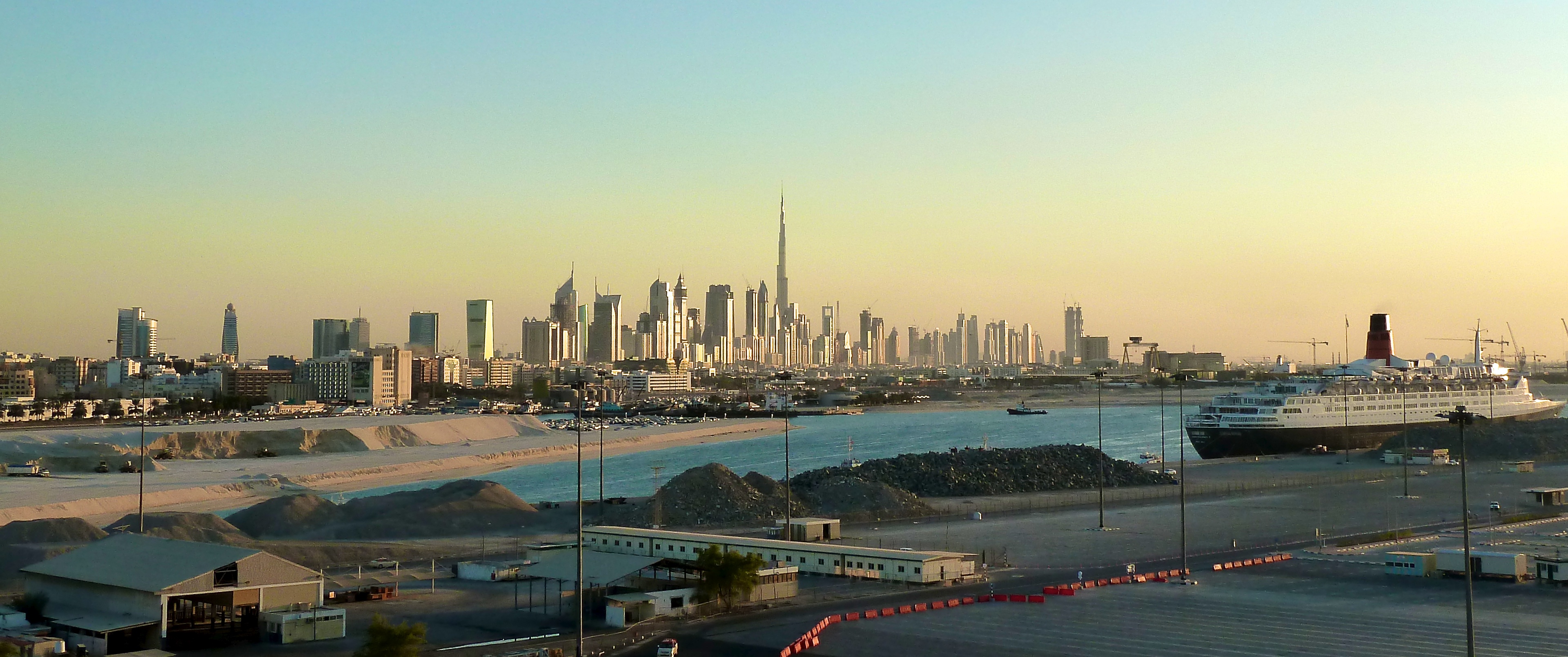When you think of Dubai and the United Arab Emirates, most people think of beautifully designed sky scrapers, glass towers reflecting light all around, and modern apartment blocks and shopping centres. However, it wasn’t until the 1960s that Dubai began to be transformed into the world class city we see today.
Located on the stunning coast of the Persian Gulf, Dubai is a global city and a key business hub for the Middle East. It is thought that Dubai was established as a fishing village sometime in the early 18th century and by 1822 there were approximately 8000 people living and working there in various industries. Dubai was a strategically located coastal town, attracting traders and merchants from around the region and became famous for the cultivation and export of pearls. 
Despite the fast pace of building since the 1960s and 1970s, a number of historical buildings remain in Dubai, built in the traditional style and serving as architectural and archaeological reminders of the history of this great city.
The Dubai Museum, which is located in the Al Fahidi Fort, attracts up to 2000 visitors each day. Built in several parts, the oldest tower is said to date from 1787 and is understood to be the oldest building in Dubai still in use today. The Al Fahidi Fort was used to guard the town against raids from neighbouring tribes and has had a variety of uses throughout its history, serving as a palace, a garrison and a prison, now it is home to the famous Dubai Museum which houses exhibits depicting the rich history of Dubai and the UAE.
Heritage House built in 1890 is another must see historical building in Dubai. This well-preserved courtyard house, which once belonged to a wealthy pearl merchant is built from coral and gypsum. Visitors are free to explore this beautiful residence, with a courtyard at its heart; the rooms are shaded from the hot sun by verandas and various exhibits can be found in the traditional rooms within the residence. Heritage House is said to be one of the finest examples remaining of a traditional Emirati family home.
No cultural visit to Dubai is complete without a trip to the Bastakiya Quarters, this is a unique and bustling neighbourhood that was once home to wealthy textile and pearl merchants and is said to be one of the last remaining preserved residences of wealth families living in this area. Built in the 19th century, the residences are ventilated by wind towers which were designed to bring cool air into the houses, an ancient air-conditioning system, and an innovation much appreciated by the residents, the Bastakiya Quarters serve as a fine example of design overcoming the problems of the heat of Dubai.
These days, the modern buildings in the city are typically as well designed and innovative as their historic predecessors, although subject to modern planning regulations and standards. With the help of BIM (Building Information Modelling) and BIM Consultancy and BIM Consulting Services, you can manage your building throughout the full duration of its lifecycle, meaning that perhaps several hundred years in the future, your building could be seen as a historic building worthy of visiting.
For more information about CAD Design Services, BIM Compliance and complete CAD solutions in the UK and UAE (Dubai and Abu Dhabi), please visit The CAD Room website at https://www.thecadroom.com/ or phone 0161 427 0348.

